‘Oh my God. Why?’ World’s first rubber duck history museum opening in Washington state
“I have done nothing but stare at rubber ducks for four or five months straight. I dream in rubber ducks at this point,” Krystal King told the McClatchy on Monday, from her Point Roberts store.
King and her husband Neil, who own the novelty shop Kora’s Corner in northwest Washington, will open a rubber duck museum in the store’s back room this week.
“We were like, that would be really great. That’s an idea,” Krystal said. “And we started doing research. And all of a sudden, we were ordering things, and we were buying and we were doing, and we accidentally talked it into fruition.”
While a few other rubber duck museums exist, the couple says what sets theirs apart is its focus on the toy’s history.
“We were originally going to find rare-looking rubber ducks or shrined rubber ducks,” Neil said. “And then as we were getting more into it and doing the research, just finding the history to be so rich and so fascinating.”
According to Krystal and Neil, a toy that people tend to take for granted has a much more interesting history than many would expect.
“The first rubber ducks were in the late 1800s. It was just after Goodyear had developed vulcanized rubber. And so the first ones, they didn’t float, they didn’t squeak,” Krystal said. “They were very hard and heavy and they were more used for chew toys for babies and dogs.”
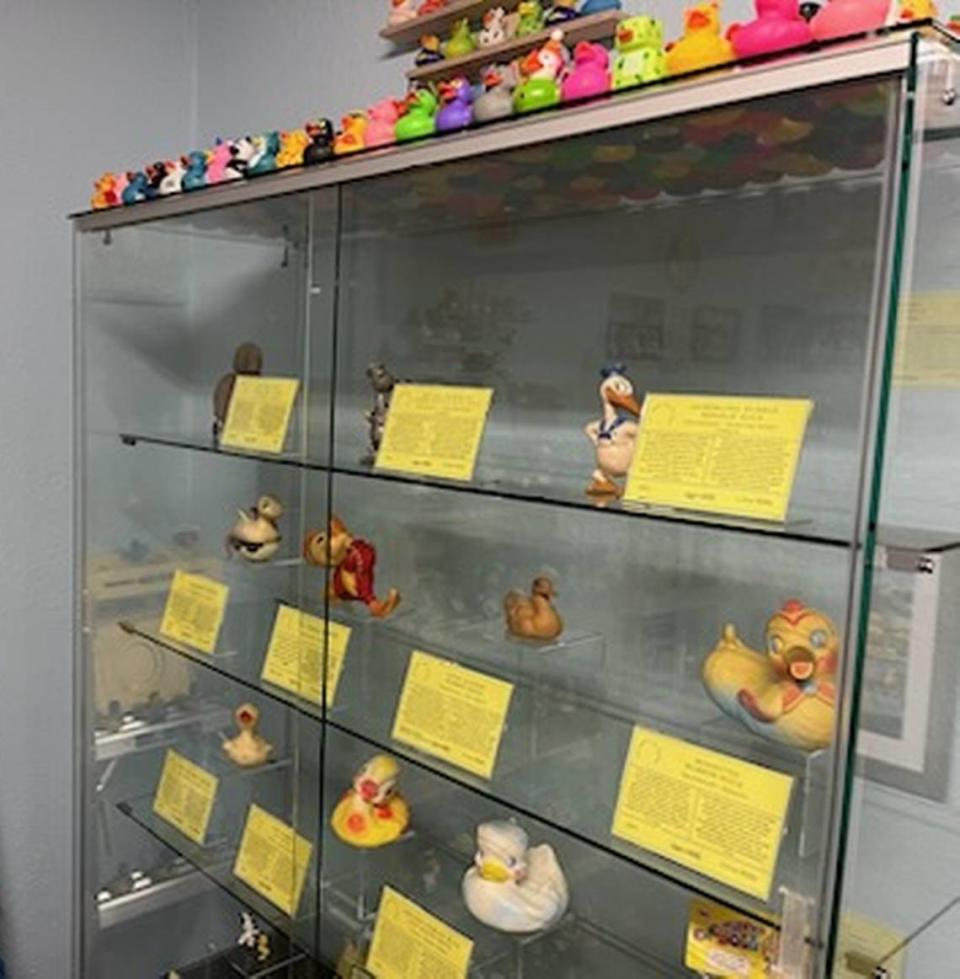
In the 1930s, toy companies began mass-producing rubber ducks, and by 1949, Peter Ganine created the design that became the modern rubber duck. The Knickerbocker Toy Company’s 1977 design was the first to make the toy take off, with the help of Sesame Street.
“Ernie was really what brought ducks to a cultural phenomenon, and then the Knickerbocker came out later. And that pretty much set the stage for, this is what we’re going to call rubber ducks,” Krystal said.
The exhibit is getting its own rubber duck used by Ernie on screen — which they bought from a Sesame Street props department auction — but it’s still in transit.
“We found [out] that they were doing the auction, and we were like, ‘Oh my God, that’s perfect.’... And it came down to, how do you have a historical rubber duck museum without something that Ernie himself has touched?” Neil said.
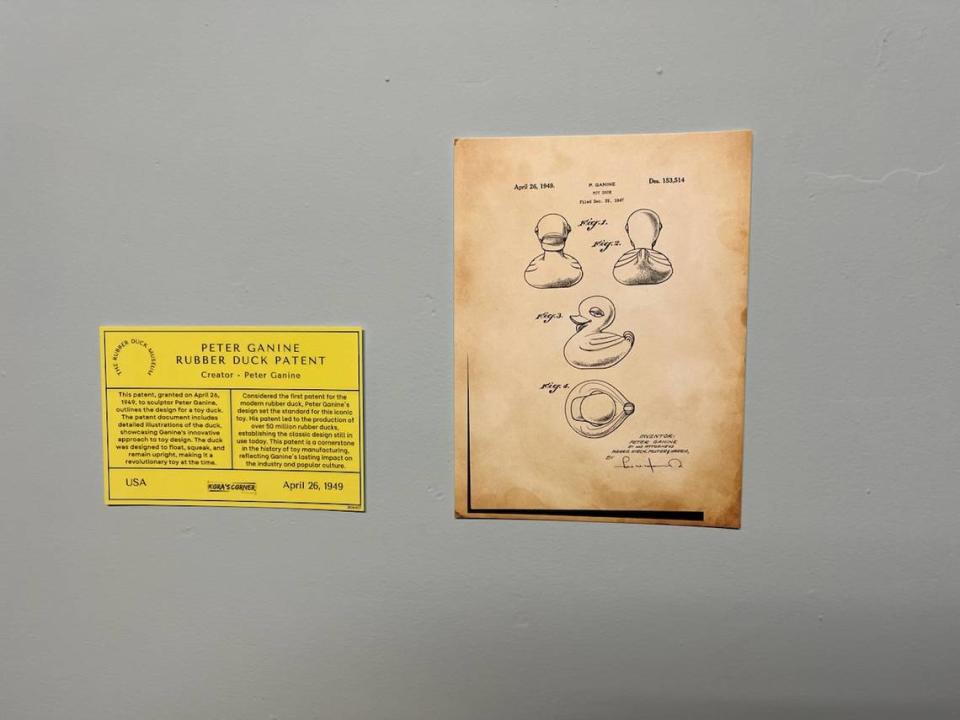
The most interesting episode in the history of rubber ducks, according to the duo, came in the early 1990s.
“In 1992 a ship with just tons and tons and tons of shipping containers full to the brim of rubber ducks and other rubber floating toys fell. They all fell into the ocean,” Krystal said.
Since shipping routes were considered a trade secret at the time, the company wouldn’t tell the public where the ship had capsized, according to Krystal.
“They eventually did because [the rubber ducks] started showing up all over the world,” Krystal said. “And they were able to use this incident to study ocean currents. And actually so much of what we know right now about ocean currents is from this, because we would never do this intentionally as an experiment.”
The duo is still trying to track down some of the ducks recovered from the wreck, but they have a display explaining the incident, and a 1985 duck of the same model.
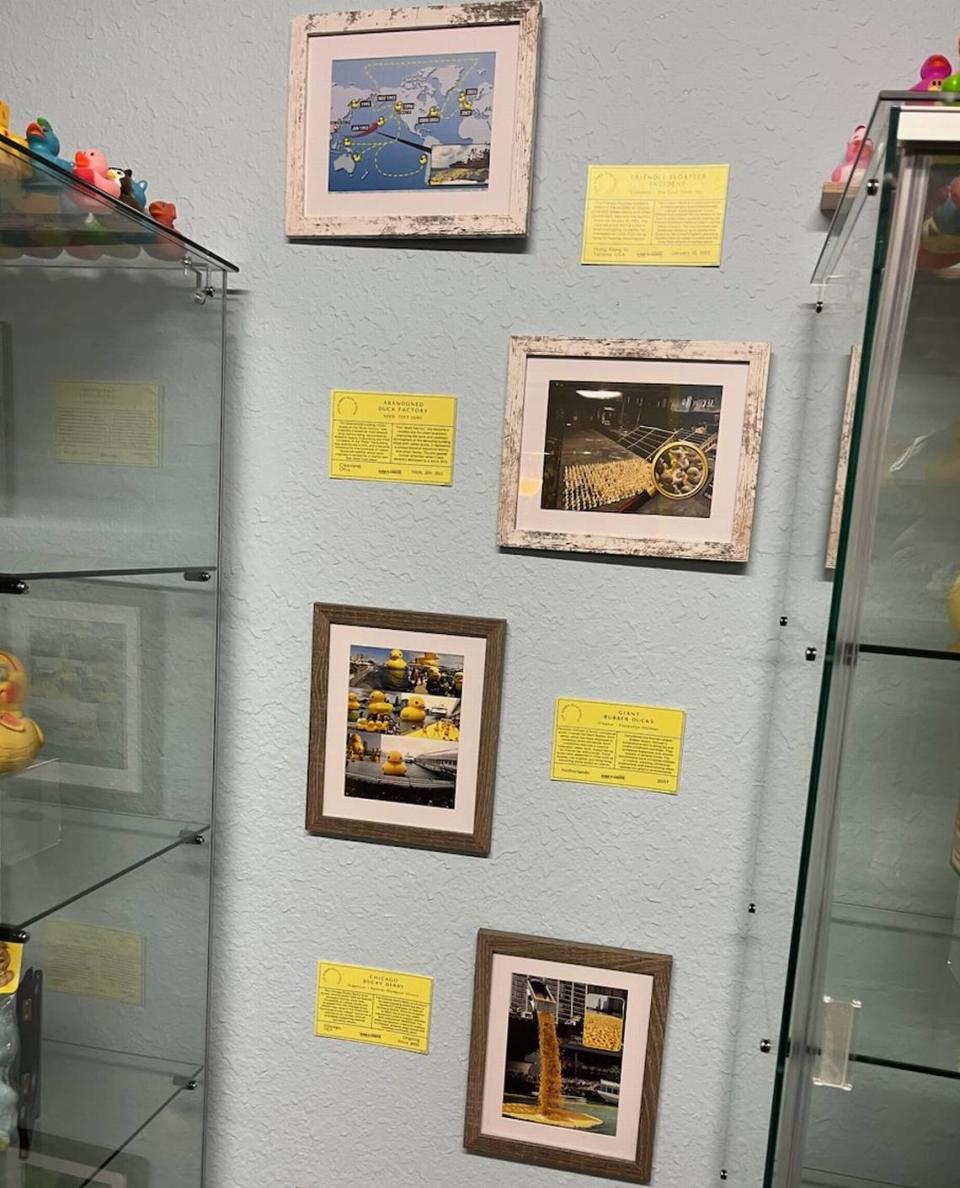
Overall, they estimate there are 2,000 ducks on display and another 1,000 in storage.
“We just had moments where we’re like, ‘OK, so should we order this 300 set of ducks?’ ‘Why are we ordering 300 ducks?’” Krystal said.
The ducks that the Kings consider essential to the museum are locked behind a display case, but dozens of shelves worth of ducks, modeled after everything and everyone from Prince to Glinda the Good Witch, are available for purchase.
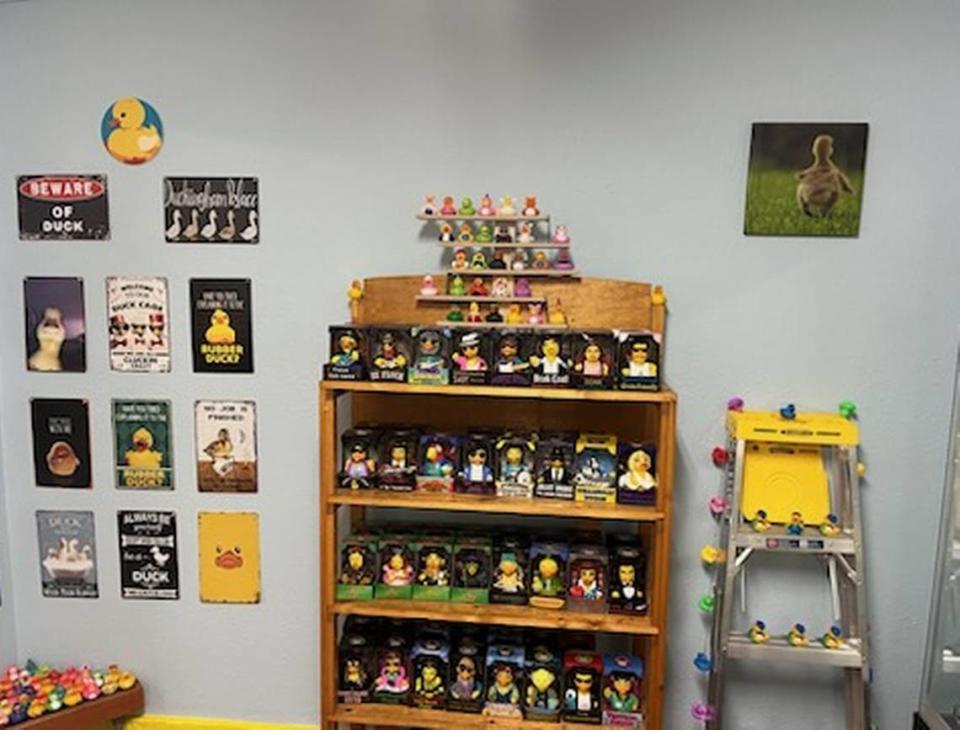
“One of the big ideas, too, is like there’s a rubber duck out there for everybody. … You can’t walk in this room and go ‘I don’t like a single one.’ There is just something for everybody,” Neil said.
His favorite? That would be the zombie duck, followed by one modeled after The Beatles’ Sgt. Pepper’s Lonely Hearts Club Band album cover. Krystal, on the other hand, prefers the classic rubber duck.
“I think there’s a reason that that style, just it’s classic. It makes you happy,” Krystal said.
Making people happy has been a goal for the Kings ever since they started work on the exhibit, especially as Point Roberts — which can only be reached by land by going through Canada — and its struggles recovering from the pandemic have received media attention across the state and beyond.
“They’ve all been doomsday; they’ve all just been doom and gloom: the town is dying, there’s nothing that can save it,” Krystal said. “And we’re like, well, that’s depressing. We were like, we want to do something to bring fun to the town and make people happy.”
The museum, which won’t charge admission, opens officially July 4, but visitors to Kora’s Corner can already walk through the all-but-complete exhibit. And according to Neil, people have been awfully fond of it so far.
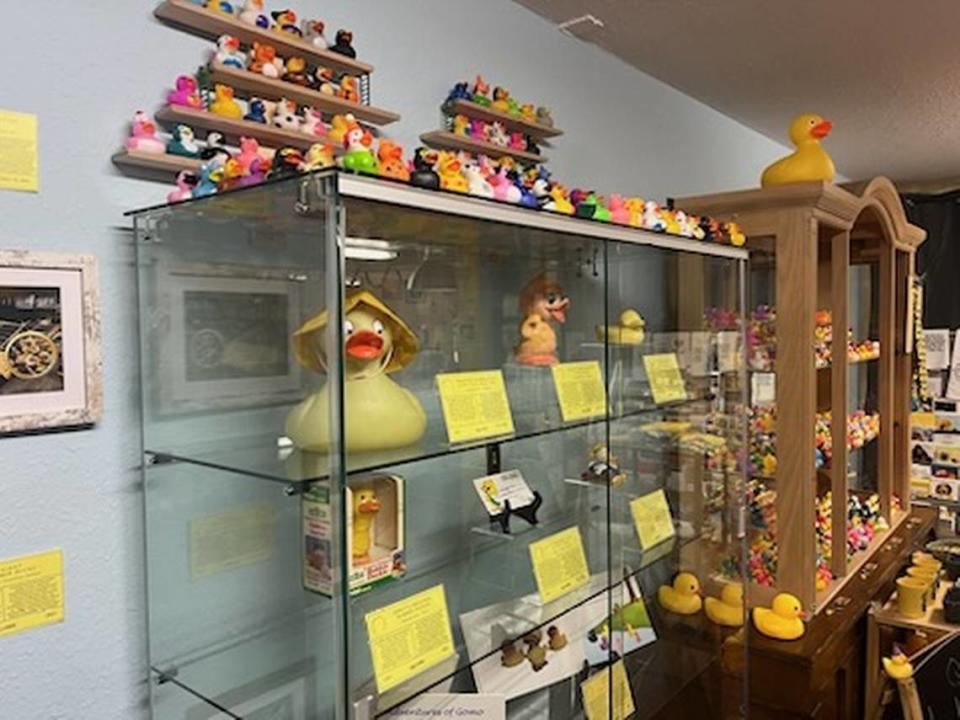
“My favorite comment that I’ve heard so far was somebody literally walking back here and just going, ‘Oh my God. Why?’” Neil said.
Reactions like that one are exactly why the couple opened the museum in the first place.
“I don’t expect us to get rich on $1.99 ducks, but it’s an exhibit, right? It’s for fun,” Krystal said. “I like it and people are coming in and they’re leaving happier.”


